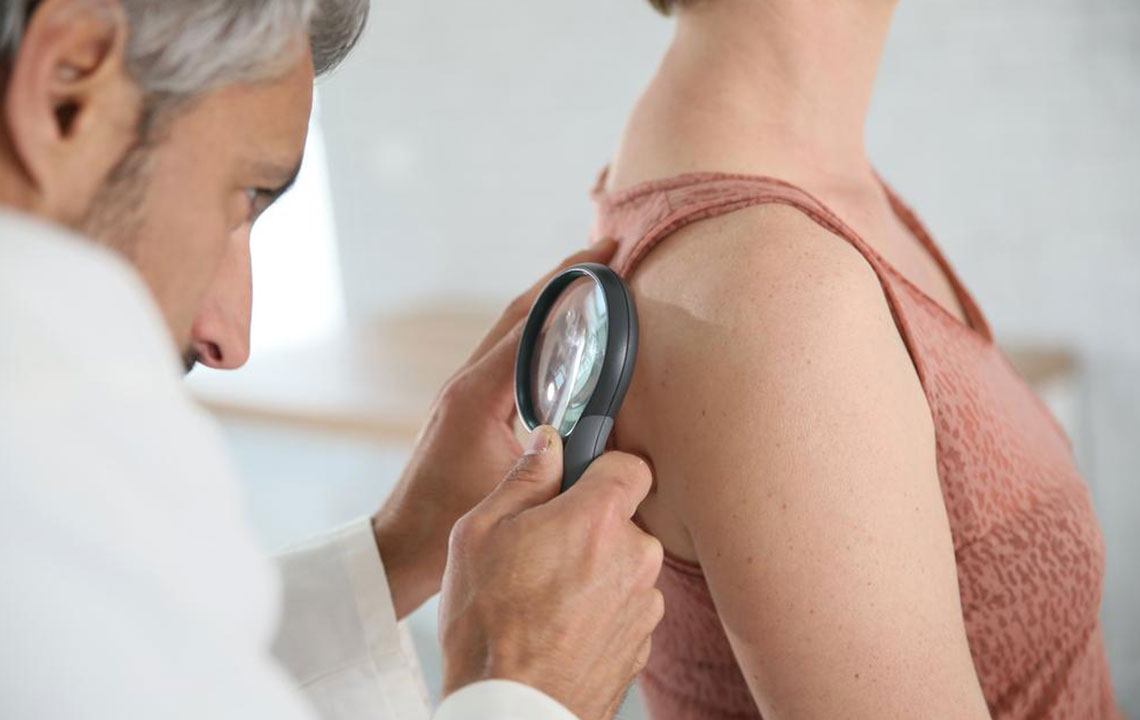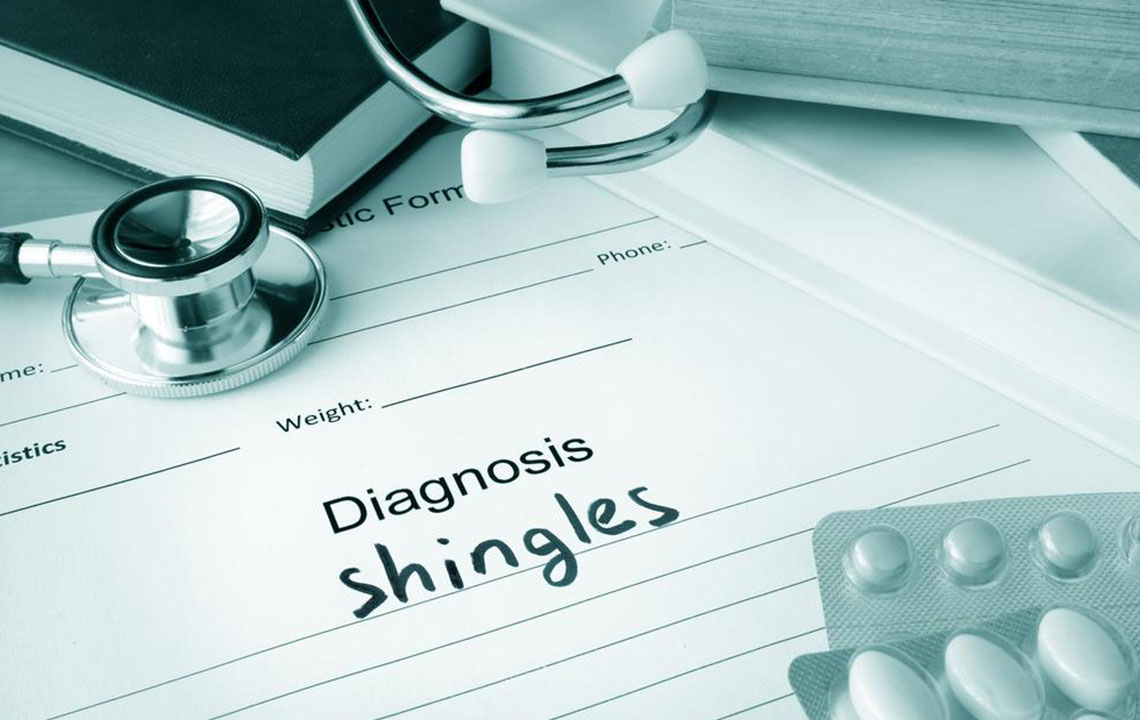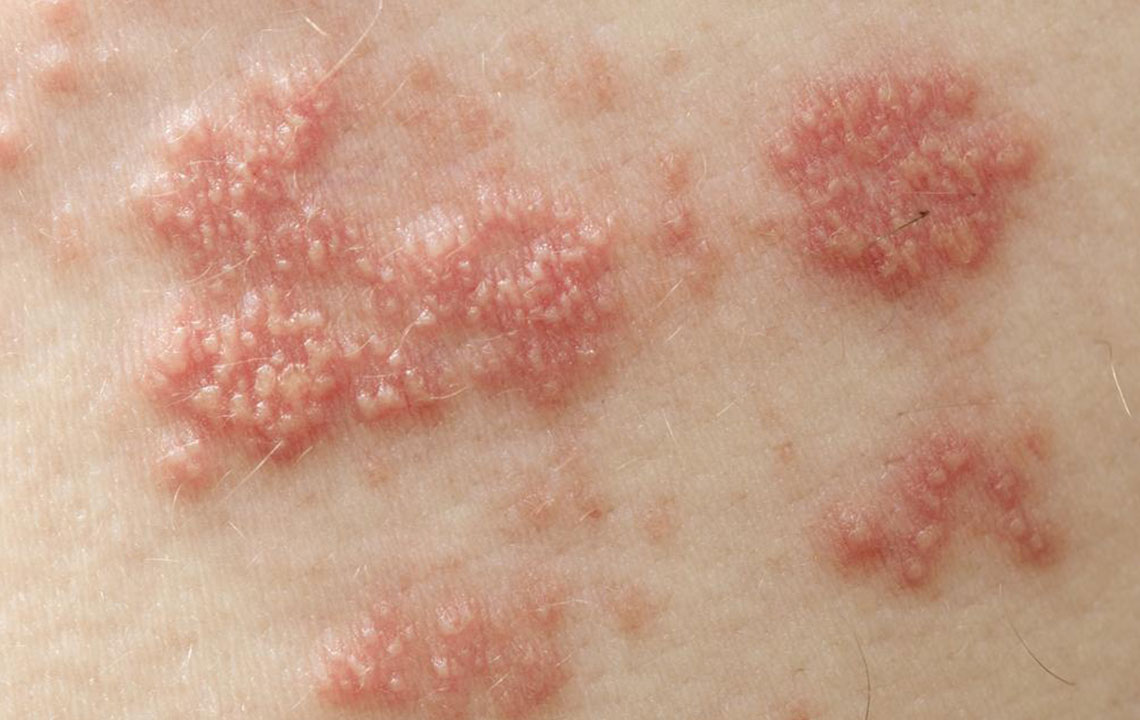Effective Strategies to Heal from Shingles Quickly
Learn effective methods to manage and heal from shingles quickly. This article covers antiviral therapies, topical remedies, pain management, and natural relief options to reduce discomfort and duration. Prompt treatment is crucial, especially for facial or eye involvement, to prevent complications and scarring. Consult healthcare professionals early for personalized care and effective recovery strategies.

Effective Strategies to Heal from Shingles Quickly
Most individuals experience chickenpox at least once in their lives, with the virus remaining dormant afterward. Rarely, the virus reactivates, traveling along nerves to the skin and causing painful rashes—this condition is known as shingles.
Timely treatment can reduce the duration and severity of shingles. Treatment options typically include antiviral medications combined with pain relief therapies.
Initial Treatment Approach
Upon diagnosis, doctors often prescribe antiviral drugs to lessen both pain and the length of the outbreak.
Topical Remedies: When shingles causes intense itching and discomfort, numbing agents in the form of creams, sprays, or skin patches can soothe the affected area. These topical treatments help reduce discomfort from rashes and blisters.
Pain Management with Medications: If pain persists beyond a month after rash healing, doctors may diagnose postherpetic neuralgia (PHN). In such cases, antidepressants like tricyclics might be prescribed to manage nerve pain.
Consideration of topical anesthetics might also be recommended under medical guidance to alleviate pain.
Natural Techniques: Applying a cold compress can provide soothing relief without worsening discomfort. Use a damp cloth, but avoid ice packs which could intensify pain.
While these measures can help shorten shingles episodes, the virus may still reactivate. There is no definitive cure, but early attention—especially for facial, nose, or eye involvement—can prevent complications and scarring. Seek medical advice promptly for optimal outcomes.
Note:
The information about symptoms, treatments, and health conditions provided here is for educational purposes only. It should not replace professional medical advice. Always consult qualified healthcare providers for diagnosis and treatment options.










